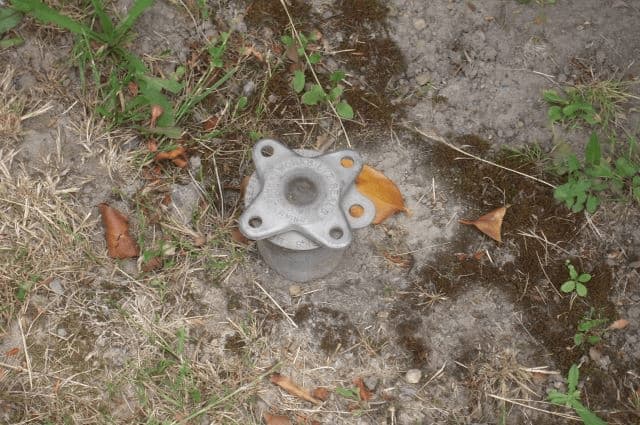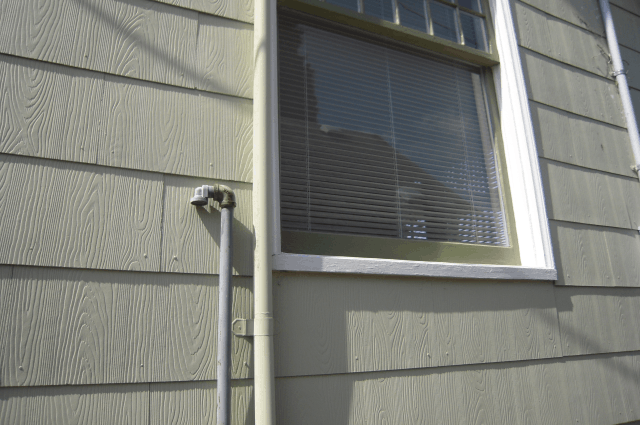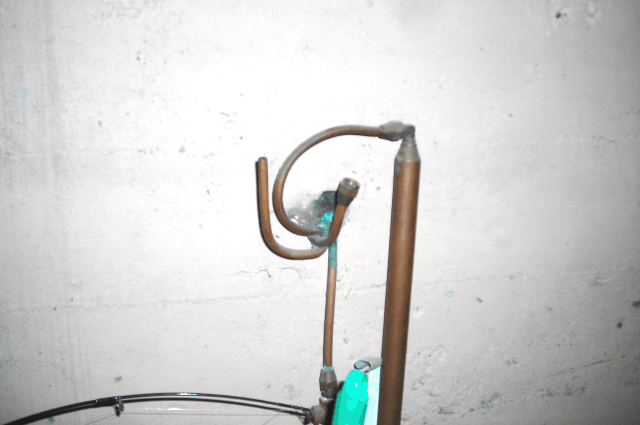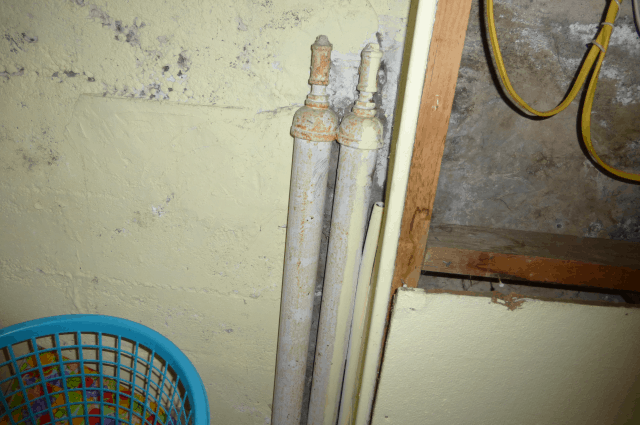On a scale of good to bad, buying a house with an abandoned and leaking oil tank falls distinctly onto the bad side of the ledger. The good news is that properties with these tanks are rare, but they do exist and oil tank decommissioning and clean-up can be expensive. Here’s how to spot a home that might have a buried oil tank, and a few tips on how to protect yourself from costly cleanup fees if oil from the tank were to leak or if oil contamination is found on your property.
Homes with Active Heating Oil Tanks
If you are a homeowner and you have an active oil heating tank (meaning your current heating system runs on oil), you should look into getting it covered by insurance. In Washington State you can register your tank through the Pollution Liability Insurance Agency (PLIA), which offers free insurance to anyone in the state who registers with the program. If you are buying a property with active oil heat, make sure that the current owner has registered the tank. If they have not, you should register the tank as soon as you take ownership of the property.
As a general rule, the longer the history of coverage the better; this allows less opportunity for the insurance program to claim a pre-existing condition if a claim is filed.
Homes with Inactive Oil Heating
The last four decades have seen a dramatic shift away from oil and towards natural gas as the fuel used to heat houses. The reason for this shift is two-fold: oil is more expensive than natural gas and oil prices are volatile and subject to spikes.
Keep in mind that natural gas is a relatively new product. In the Seattle area, natural gas started to be piped to our homes in the 1960s. Therefore, most homes that were built prior to the 1960s likely had oil heat at one time, even if they now have natural gas.
You could put these older natural-gas-powered homes into two categories:
- Old house with a properly decommissioned oil tank
- Old house with an abandoned oil tank.
In my experience, most oil tanks have been properly decommissioned. This is when a professional contractor empties the tank and either cleans and fills the tank or removes it. However, beware of the property with active natural gas heat and an abandoned oil tank. Such a property would not be covered under the PLIA insurance program if the heating system were fueled by natural gas and if oil contamination were found on that site; the owner of the property would be responsible to clean it up.
How to Find an Underground Oil Tank That Has Been Abandoned
On the outside, look for the presence of BOTH a gas meter AND an oil tank fill valve and/or breather tube: see photos below for reference. If the buried oil tank has been properly decommissioned they will usually remove or cut the breather tube and fill valve, so there will be no signs of an oil tank on the outside of the house. Presence of BOTH a gas meter and an oil tank indicate that the tank may be abandoned.


On the inside of the house, go to where the furnace is installed and look for small copper lines. They often come as a set and the copper tubes will usually be pinched on the ends. This tells you the house was once heated using oil and may have a buried oil tank.


What to Do if You Think You Have an Underground Oil Tank
If you are concerned the property has an abandoned and underground oil tank that might be leaking (or leak in the future), you’ll want to have the property evaluated by a contractor who specializes in oil tank location and decommissioning. Try to have the tank decommissioned by the seller prior to your taking ownership of the property; that way if problems arise in the decommissioning, you are not the owner of the property when it happens.
If you do not see evidence of a buried oil tank outside but you find evidence inside, do not just assume the tank has been decommissioned. Ask the seller for a copy of a decommissioning statement. I would add this to the title of the property so if you lose the statement, there is a permanent record of the oil tank decommissioning. When you go to sell the house, you’ll want to have this statement to pass along to the new owners.
Please note: these guidelines and principals will vary regionally. This article is limited in scope and does not cover some of the more complicated scenarios that can arise with oil tanks such as soil testing. Be sure to seek the advice of local experts in your area when buying a house.
I hope this helps explain some commonly asked questions about oil tanks. Remember: happy homebuyers are informed homebuyers. Good luck house hunting!
This post first appeared on Redfin.com. To see the original, click here.

I have a buried oil tank, and it’s been costing me a lot of money. I didn’t realize that this kind of thing could be such a money sink! It would be a good idea for me to get a professional to remove the oil tank for me. https://www.aaoiltankremoval.com/tank-removal